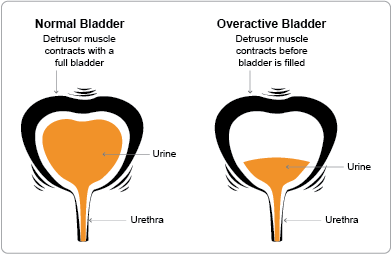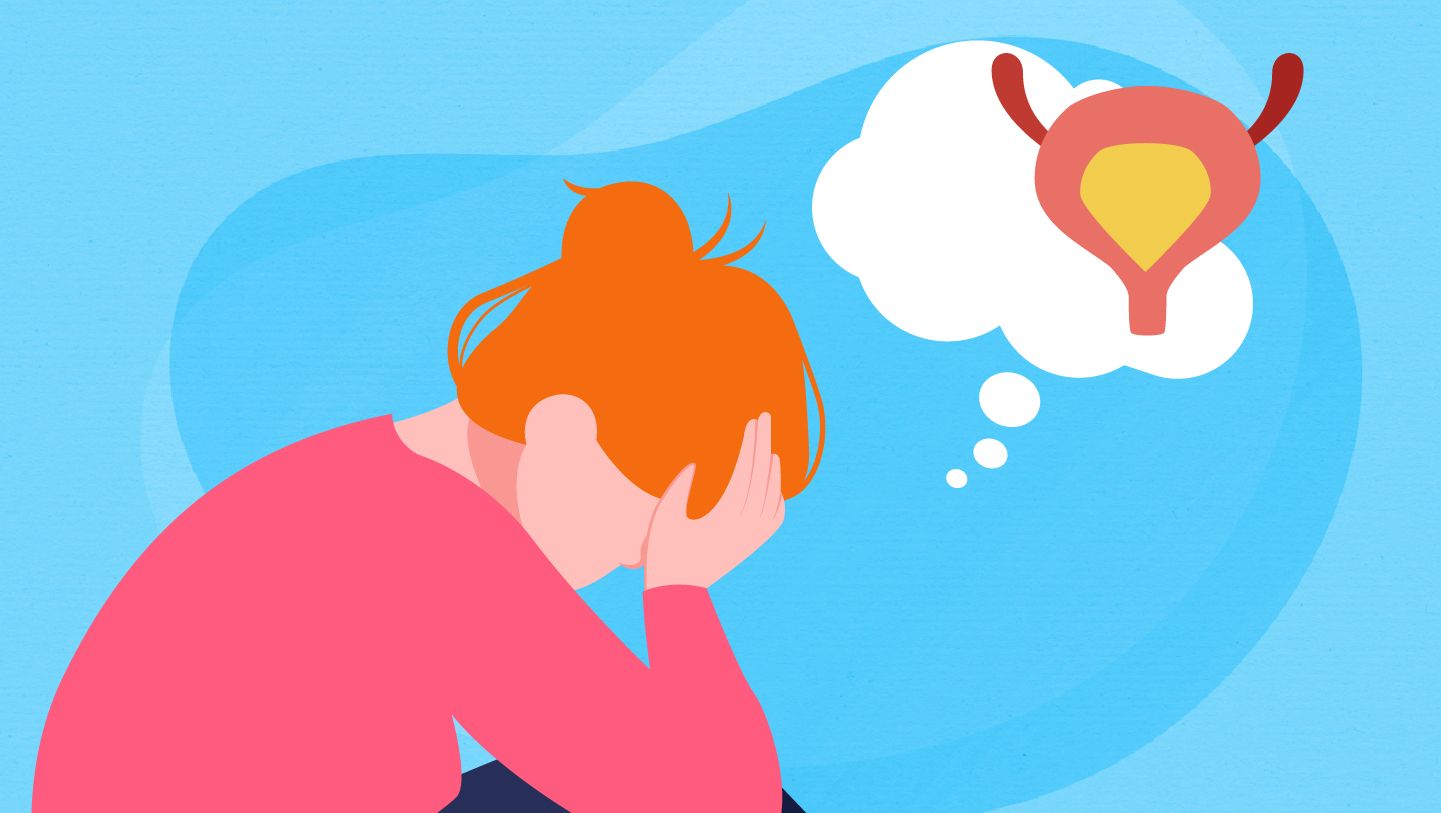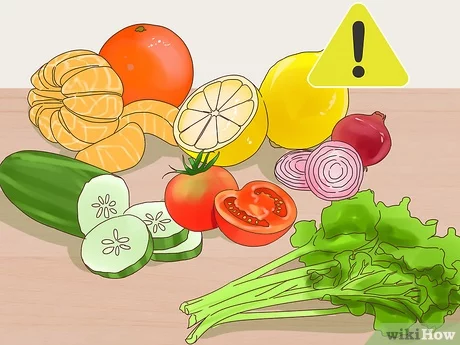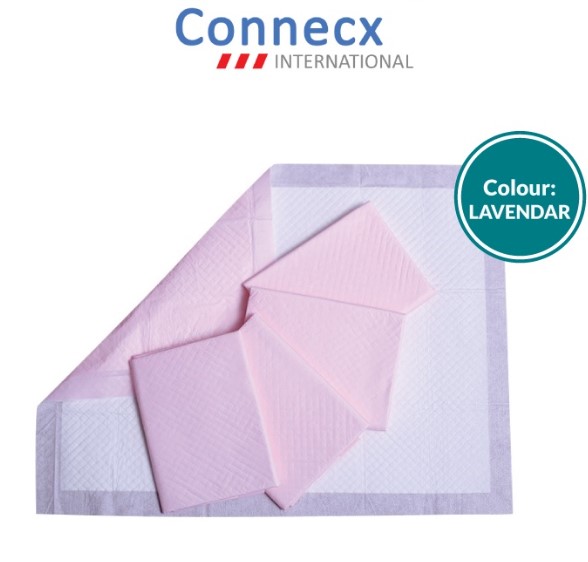Food and Drink to Tame an Overactive Bladder
If you have an overactive bladder (OAB) with urge incontinence, food and drink can make a big difference in your symptoms. There is no OAB diet. But sometimes what you drink or eat can aggravate symptoms. And sometimes how much you eat or drink can make them worse, too.
What is Overactive Bladder?

How often do you usually use the bathroom daily? Is it more than seven or eight times — and you can’t wait? Are you getting up more than once or twice a night to go? Do your trips to the bathroom cause problems with your job, social life, or relationships? You may have overactive bladder. At least 30 million Americans have OAB.
Try these tips to help you calm your urge incontinence symptoms.
OAB: What to Drink and When
First, make water your preferred beverage. Added ingredients in sodas and energy drinks, and caffeine in coffee, may aggravate an overactive bladder.
Staying hydrated is important to overall health. But for people with OAB, choosing how much and when to drink is essential. The old saying about drinking eight 8-ounce glasses of water a day? A healthy adult may not need that much. The American Urogynecology Society suggests drinking water when you’re thirsty.
Here are six tips for managing your fluid intake:
- Spread out fluid intake throughout the day, sipping water between meals.
- Unless exercising, don’t carry a large water bottle with you.
- Fill your cup or glass half-way or use a smaller cup.
- Sip, don’t gulp.
- If you’re drinking enough water, your urine should be light yellow or almost colorless.
- Remember that you also get fluids in other foods, such as fruits, vegetables, and soups.
See your doctor if you have pain or burning with urination, or if your urine is cloudy, dark, or smells strong.
OAB: Drinks That May Increase the Urge to Go
One of the biggest OAB culprits is caffeine, which can make you urinate more. Studies show that reducing caffeine intake to below 100 milligrams per day — the amount in one cup of drip coffee — may help reduce urge incontinence symptoms.
Cut down or cut out these problem beverages:
- Caffeinated drinks such as coffee, colas, energy drinks, and teas
- Acidic fruit juices, especially orange, grapefruit, and tomato
- Alcoholic drinks
- Carbonated beverages, sodas, or seltzers
- Drinks with artificial sweeteners, such as aspartame and saccharin, which may irritate the bladder
If you can’t imagine starting your day without a morning cup of coffee, try to lower the amount of caffeine you take in. Make a cup that’s half decaf and half regular. You may want to wean yourself gradually to avoid caffeine withdrawal headaches.
For fruit juice, try switching to something with less acid, such as apple or pear juice, and dilute it with water.
OAB Foods to Avoid

Some people find that certain foods or beverages seem to make their OAB symptoms worse.
If you feel that any of these potential problem foods make your urge incontinence symptoms worse, see if eliminating or cutting them back helps:

- Acidic foods. Citrus fruits (lemons, limes, oranges, and grapefruit), tomatoes, and tomato products (like tomato sauce or salsa) are among the chief reported offenders.
Solution: Eat more fruits that are less acidic, such as pears or blueberries. They’re also high in disease-fighting antioxidants. If you like lemon in your water, try adding a twist or thin slice. You’ll get the hint of the fresh fruit flavor without the acid.
- Highly spiced foods. Some people say chilies or wasabi wreaks havoc on their bladder.
Solution: Cut back on the spices little by little and see if your symptoms get better.
- Artificial sweeteners. Aspartame, saccharin, and other artificial sweeteners aren’t just in beverages — they are also added to foods.
- Chocolate. Sorry, chocolate lovers — there’s caffeine in this sweet confection.
- Salty foods. Potato chips, salted nuts, and other salty foods can cause the body to retain water, which eventually goes to the bladder. They also make you thirstier, so you’re likely to drink more liquids.
Solution: Switch to low- or no-salt snacks.
If you feel that something in your diet is hampering your attempts to manage your urge incontinence, but you don’t know what it is, try keeping a bladder diary. This is basically a daily record of what and when you eat and drink, and your urination patterns.
Another option is trying an elimination diet. Remove one item — tomatoes, for example — from your meals for a week. If your symptoms get better, make a note of it. Gradually add back small amounts of that food until you notice your symptoms come back. You may be able to enjoy the food in modest amounts while avoiding irritating side effects.
Other tips to reduce symptoms
Those with an OAB may have recognizable symptoms, but each person responds differently to treatment. Other suggestions that may help reduce symptoms include:
Strengthening the pelvic floor muscles
The pelvic floor muscles are located next to the bladder and provide support and strength to the bladder.
Exercising
Regular physical activity may strengthen the pelvic floor muscles and help decrease the risk of developing urge incontinence. However, it is also possible that heavy physical exercise may aggravate symptoms, so people should be careful not to overexert themselves.
Not smoking
Smoking can irritate the bladder and is a risk factor for bladder cancer.
Bladder training
Alongside the pelvic floor muscle exercises, bladder training aims to make the bladder muscles stronger so it can hold urine for longer periods of time.
Reaching and maintaining a healthful weight
Being overweight or obese has been identified as a risk factor for urinary incontinence.
Adults who are overweight are encouraged to lose weight and maintain weight loss by exercising regularly. They should also eat more fruits and vegetables, choose wholegrain carbohydrates, and include lean proteins, such as fish, lentils, and beans, in their diet.
Medications
Doctors frequently prescribe drugs called antimuscarinics for an OAB. These work on the muscles surrounding the bladder to help control the random contractions that cause frequent urination. However, they have some unfavorable side effects such as constipation and dry mouth.
Bladder injections
It is possible that nerve stimulation or Botox injections may be a way of controlling the signals between the brain and bladder.
Surgery
In rare cases, people may need surgery to correct bladder abnormalities and reduce the symptoms of OAB.
Using of absorbent pads or undergarments
In cases where surgery or medications could be risky, for example when advancing age is the cause of the OAB, it may be preferable to consider management techniques to absorb urine.
Acupuncture
Studies suggest Trusted Source that acupuncture may be effective in helping with the symptoms of an OAB, either as an alternative approach or alongside medication.
Take away
An OAB can disrupt daily life. Making healthier choices, including following a balanced diet, can help maintain a healthy bladder. Keeping a food diary can be a helpful way to notice any correlation between diet and symptoms.
It is recommended to seek the advice of a medical professional to talk through treatment options.
These may include medication, exercises to train and strengthen the bladder, and behavioral and lifestyle changes. A combination of OAB treatments is likely to have the best effect in the long-term.



